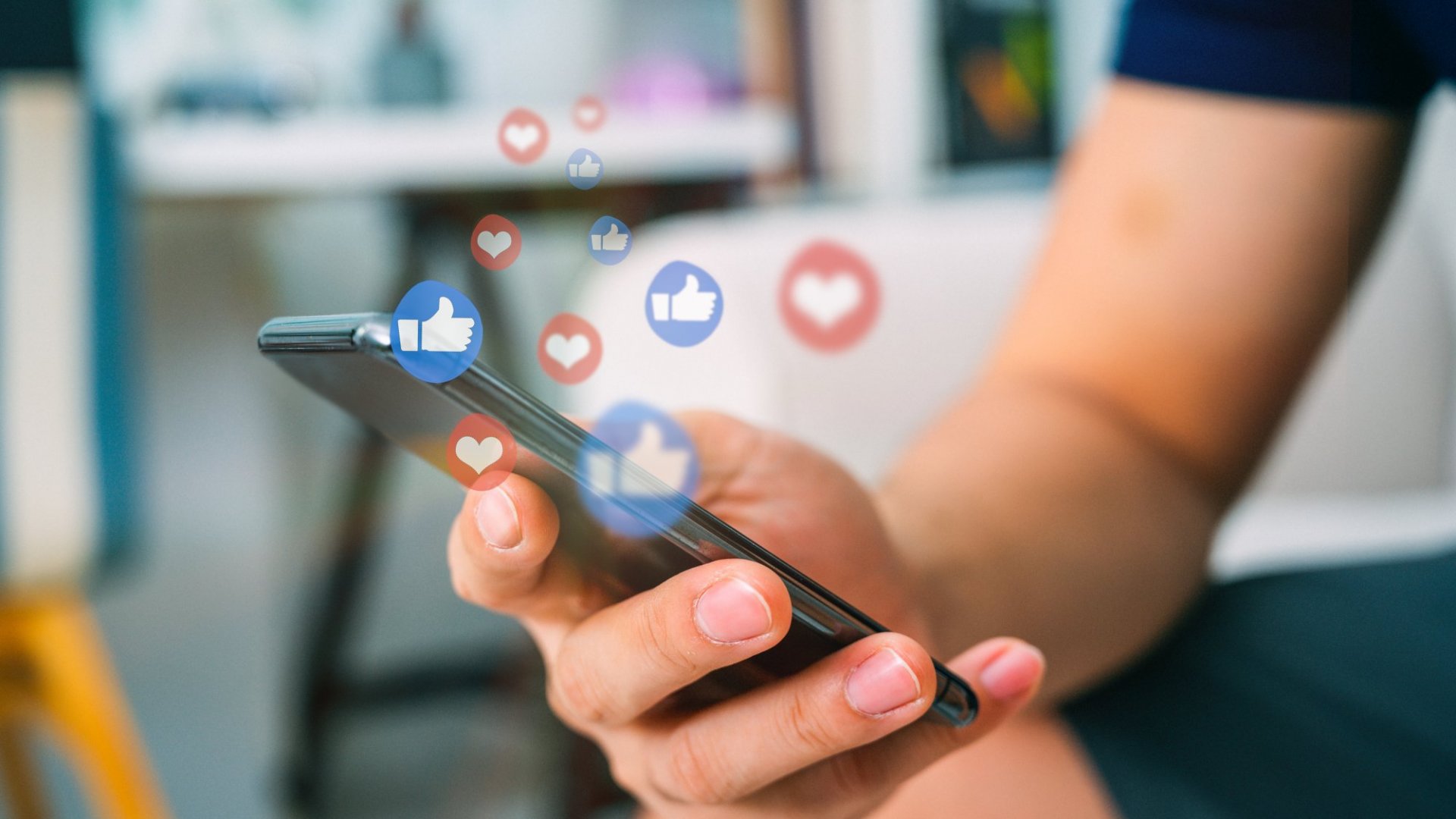Table of Contents Show
Social media started as a way for people to connect online, for long-distance friends or family to stay in touch, and for online users to find long-lost friends. Now, it is a hostile landscape filled with drama, discourse-turned-death-threats, and above all, ads. There is virtually no website free of some advertisement or push to buy something; meanwhile, back in the early days of the Internet, access to websites and apps was more or less unrestricted. The evolution of social media has been a backward spiral, and hopefully, with a collective effort from social media users, we can return social media to what it was created to be: a way to connect with people.
The Beginnings Of Social Media
Social media in its infancy was meant for connection. Many platforms, such as Facebook, were based on the website Hot or Not, where individuals rated individually uploaded pictures of users based on their attractiveness. It has since rebranded as a dating site; however, its impact on the Internet has remained the same. Many social media platforms were made to facilitate connections between humans, whether it be through platonic groups or as a dating platform. The bottom line: social media apps and websites were made for people to talk to each other and have fun in that way.
Six Degrees
The very beginning of social media begins with Six Degrees. It is a predecessor of Facebook, featuring profiles and friends lists. It is still in service, but it has fallen out of mainstream knowledge and is now a relic of the late 90s and early 2000s.
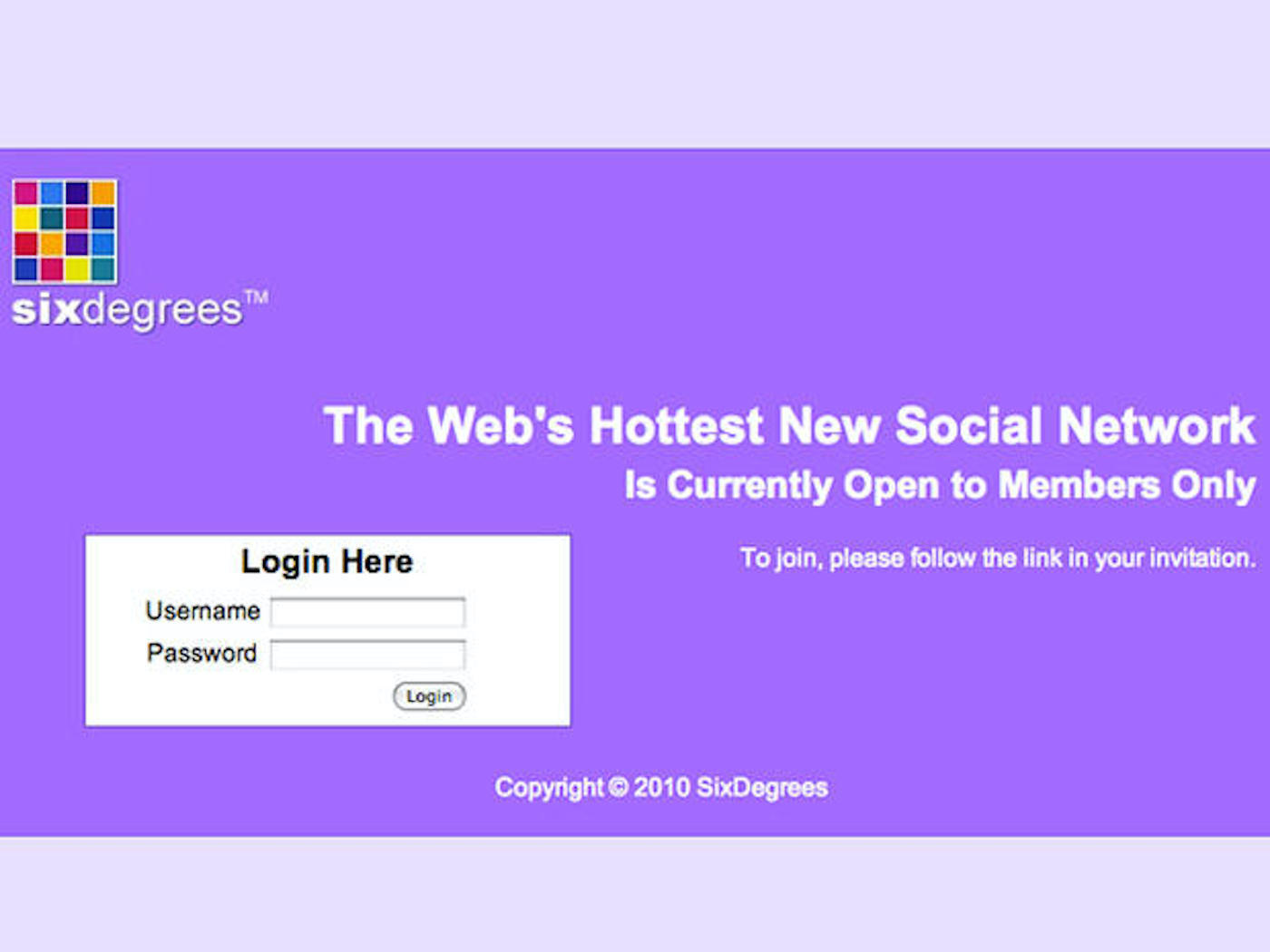
Six Degrees was the blueprint for later sites like Myspace, Facebook, and LinkedIn, among others. It featured a locked website model, where you had to sign up or log in to access the website. Beyond that, it held a space where users could connect, which was the basis of the site. It opened the world to the idea that people could communicate over the Internet, which had only recently become a mainstream household item across the world.
Friends, family, and loved ones could chat without needing to pay expensive phone bills and without having to take a chunk of time out of their day to catch up. Rather, they could send a message, get one back, and take some time to reply. It also revolutionized the way people meet others since you had access to other users’ profiles, allowing you to befriend somebody you have never met. That was almost unheard of at the time. Nowadays, it is common to hear about people having Internet friends that are considered their closest friends and yet have never met them.
Myspace
Next came LinkedIn, which is considered more of a professional platform than social media. Myspace followed closely after, both sites being founded in 2003. It had even more of a reach than Six Degrees did, with older millennials having fond memories of the platform. They had friends lists, where users could rearrange who their best friends were. This friends list sparked the beginning of toxicity on the Internet, but since most of these friend lists included real people rather than anonymous names, it made it harder to be outright mean. Among other aspects of the site, someone could customize their page to best reflect them and their personality.
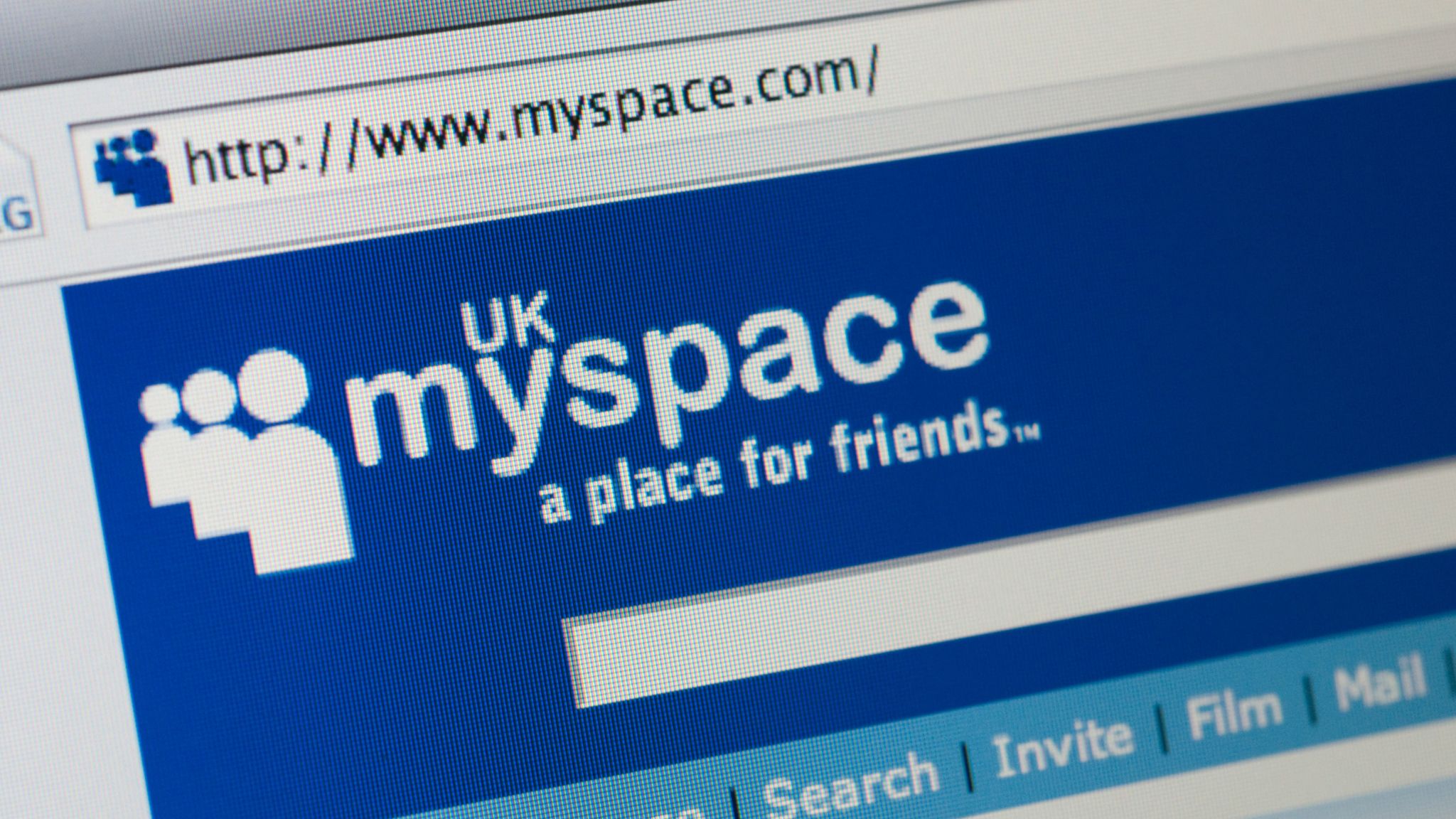
Myspace allowed the world to connect on the site, having more of a mainstream reach than Six Degrees. It was a music-based platform, allowing users to input their favorite song on their profile page to best express their interests, as well as influencing pop culture, the music industry, and other entertainment sectors. But above all, as it says in the tagline on the landing page, Myspace was a place for friends. It allowed people to connect, such as students messaging each other after school instead of having to use the family phone to talk and be overheard by their parents. It gave individuals more freedom in their relationships and helped them stay in touch and express themselves.
There were a few more social media platforms that came before and after these more popular sites, but truly the most significant of our time is Facebook. There is no other social media giant quite like Facebook, which has revolutionized the industry and has since become the most-used social media site in the world. But before all of these aspects, Facebook started as a simple way to connect with friends, just as other social media sites aimed to do. However, while other sites had the “social” aspect of social media, they also aimed to do other things. LinkedIn is a professional platform where employees can find jobs and make connections. Myspace was more pop culture and entertainment-related.
Facebook was just about the social side. It allowed the user to make groups, add friends, and most importantly, find friends. Through the mutual friend’s feature, users could find old high school friends and connect with them after decades. There were advertisements back when it was founded in 2004, but they were small and did not take up the entire screen. You could post photos, updates, and other things about your life that kept friends and family updated. Before social media and the Internet, a person never knew how their friend was doing unless they called them. People could keep passive notes on their friends, which facilitated better conversations and gave them peace of mind that they were okay.
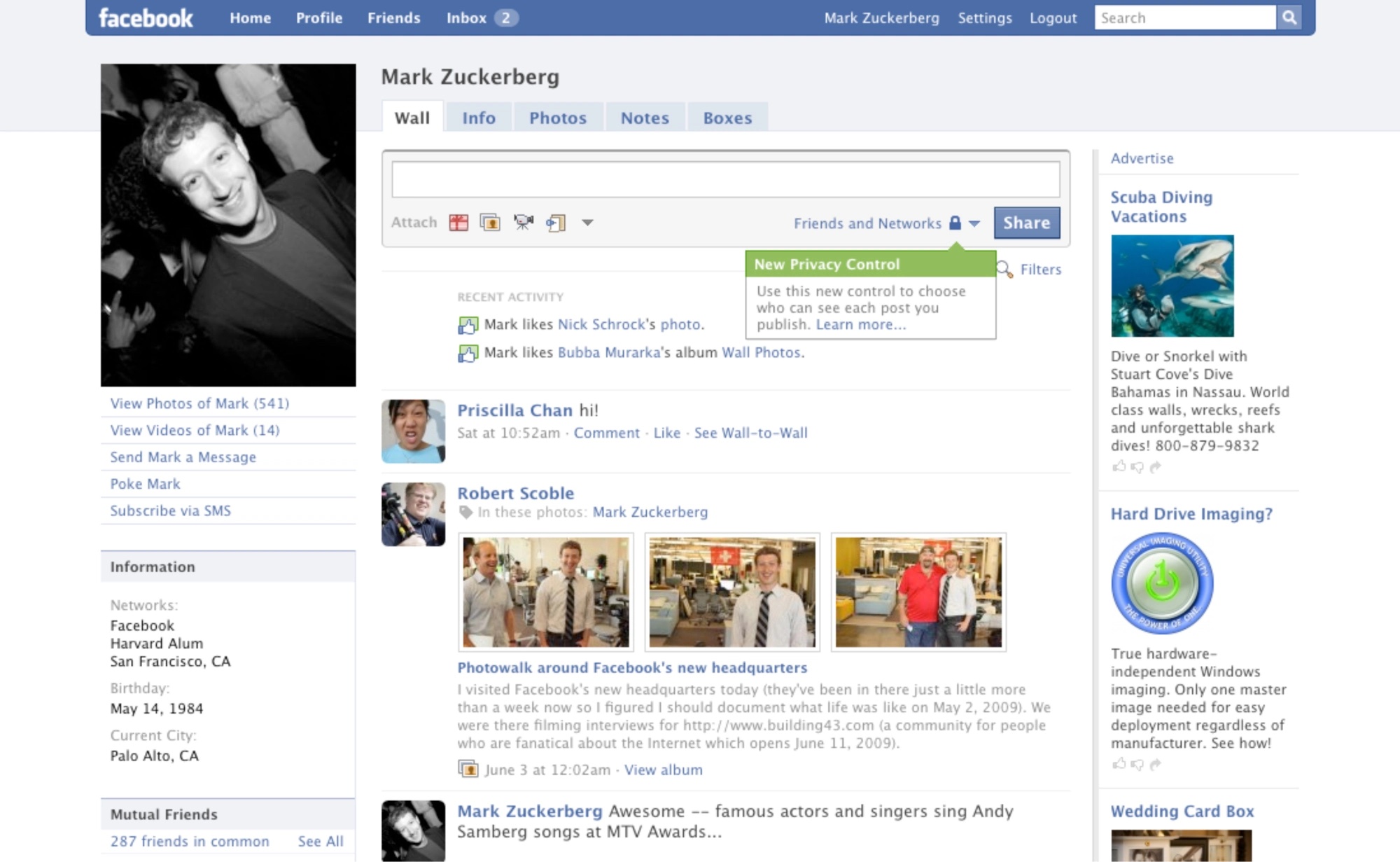
Ever since Facebook was founded, there has been no social media site or app that has come close to the wide breadth and influence Facebook has had. There came Yahoo! 360 Degrees, Bebo, and (the short-lived) Google+, but none of these stood a chance once Facebook came out—clearly, since none of them have survived and have since merged into larger companies. Facebook has gotten so large that it has been buying other social media sites, such as Instagram. Because of this, many sites lack originality and breed the same toxicity and capitalism-driven marketing that veers away from the purpose of social media, focusing on money rather than connection.
YouTube
YouTube has come close to Facebook because of the sheer power and influence it has over pop culture. Only two years after Facebook’s inception, YouTube was founded in February 2005 as a video-sharing platform. Vimeo is its predecessor, but it doesn’t come close to YouTube’s popularity and outreach. Dailymotion, another video-sharing platform, came out immediately behind YouTube in March 2005, but it has not garnered nearly the amount of attention YouTube has. YouTube’s early days consisted of short videos from a variety of users.
There was no such thing as influencers in the early days, most videos consisted of tutorials on a variety of subjects, one-time viral videos such as “Charlie bit my finger!” and “Evolution of Dance,” and silly videos random people posted on the site. YouTube was founded as a dating service, but it quickly grew as a way for individuals to share videos with friends that were too big to send over email or simply “broadcast” themselves, which soon became the platform’s tagline. YouTube helped users become friends and reach out to others. Stories such as YouTubers Dan Howell and Phil Lester finding each other on YouTube and becoming friends were quite common, all because of a video-sharing platform.
Then came the rollout of all the popular social media apps we know and love (or don’t), such as Twitter (2006), Tumblr (2007), Instagram (2010), Snapchat (2011), and most recently, Tik Tok (2016). They more or less had the same mission: to connect people through some type of medium, whether it be blogging, sharing little tidbits, or sending/posting pictures. They all had their unique spaces with their unique audiences. For example, Twitter was used more for humor while Tumblr had the aesthetic/alt audience pat-down. Hardly any of them ran ads, and they stayed true to their missions. For the first few years.
Where We Are Now
Rather than having spaces where people across long distances can connect or meet loved ones, we now have debates on whether social media has done more good than bad, and people now are attempting to limit their social media consumption, which has only worsened during the COVID-19 pandemic. Social media is the main source of misinformation spread and has now become the center of many activist movements, as well as showing real-time footage of wars, such as the one in Ukraine. Critics have also said most of these platforms foster toxicity and hostility, mostly because trolls can hide behind a screen and feel safe to say whatever they want, regardless of whom it impacts.
Advertisements
Additionally, capitalism has taken its toll on social media. The need to exploit users and squeeze every last dollar out of them is not limited to the entertainment industry, which is suffering its bout of capitalistic tendencies after every television channel now has a streaming subscription, no longer limited to Hulu and Netflix. Now, almost every single social media site has some sort of subscription service, whether it’s Tumblr Post+, Twitter Blue, YouTube Premium, and Facebook.
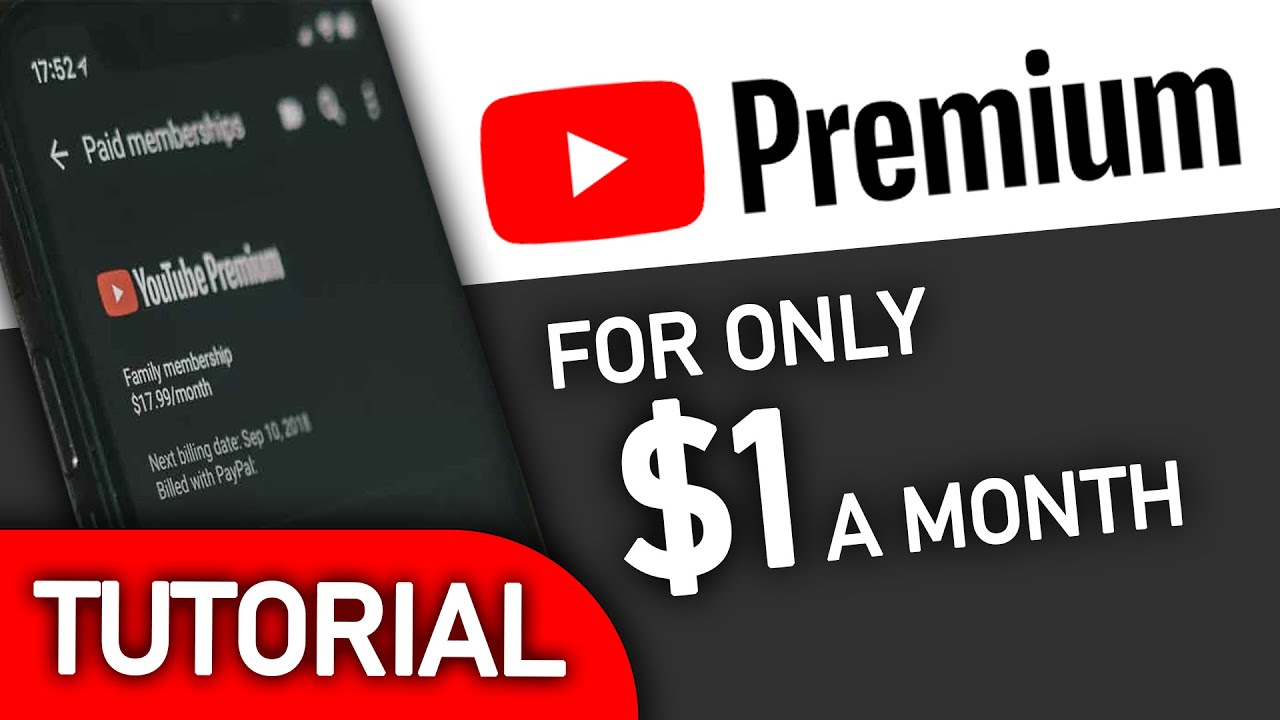
If they don’t have a subscription service, they either have a litany of thirty-second unskippable ads or double ads, which is how YouTube gets people to sign up for the premium service and how Snapchat still stays in business, or they cater to other things, such as Instagram now becoming a shopping platform. They are attempted to monetize every inch of their platform, which makes sense since they have to survive unlike their counterpart Vine, which died because no advertisers saw promise in a six-second video-sharing platform. Snapchat surely would have gone under had it not included ads, which now follow almost every single person’s story.
These platforms need to make money, but now they are doing it at the expense of their users. They are also completely changing their main purposes. Instagram was a social media app made for posting pictures and staying in touch with friends that way. Now, posting is an inconsequential part of the app. Lives, stories, Reels, and the shopping tab of the app are all marketed more than the actual posting of pictures.
Unoriginality
Speaking of Reels, there is hardly any originality anymore. Once one model works exceptionally well for one app, the other social media platforms implement the same model in order to maximize users. One big example was the use of stories, utilized by Facebook, Instagram, and many other apps, which is a direct rip-off of Snapchat’s disappearing model. The most common one nowadays, though, is apps ripping off Tik Tok’s quick video format, along with their algorithm that tailors the user’s “For You” page to their interests. Not only do they rip off these models, but they also start marketing them more than their original content; YouTube is now focusing more on their Shorts than regular videos as is Instagram with their Reels.
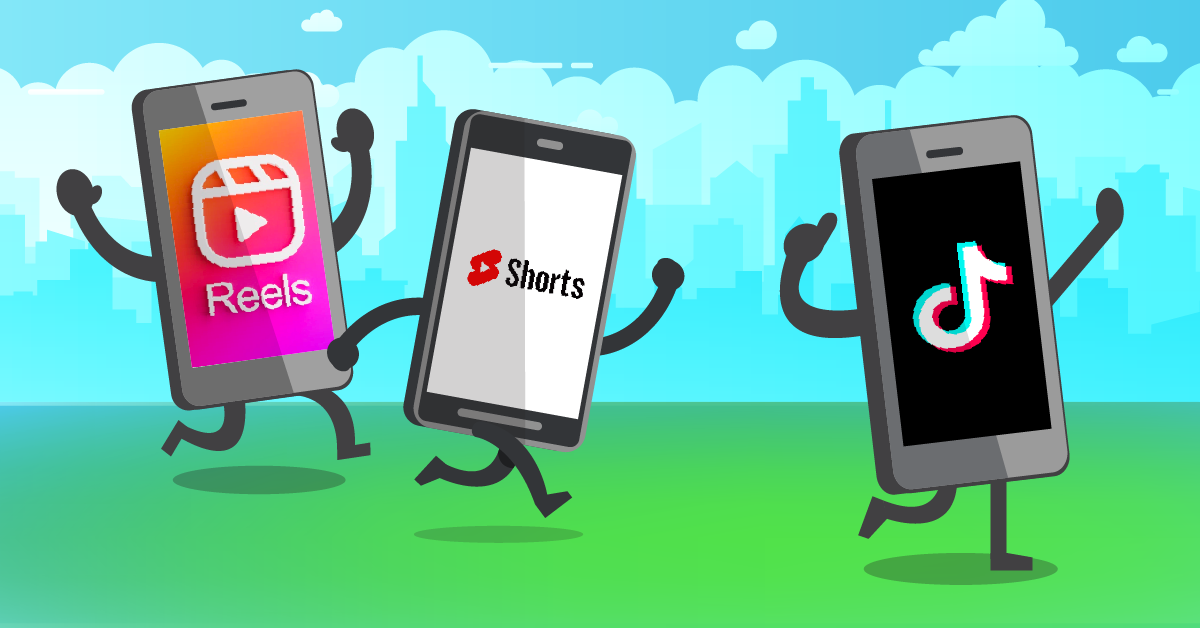
Therefore, social media has now become monotonous, and hard to differentiate one from the other. What a user gets from one app can be found in another app, whether it be a screenshot of a Tumblr post on Instagram or a screenshot of a TikTok in a screenshot of a Tweet posted on Tumblr. It has made it difficult to have a wholly unique experience on any social media platform, especially without paying to get an ad-free experience or being bombarded with ploys to buy something.
Influencers
Influencers get a bad reputation, especially since a lot of them have brought comfort and meaning to many people’s lives. They maintain a parasocial relationship with their users, which has its pros and cons. But above all, their mere existence invalidates most social media’s main reason for existing: connection amongst people without large followings who are on the platforms for the purpose of making money. Social media apps used to be about posting for each other, checking in on friends, and making new ones. But a lot of groups nowadays join social media with the sole goal of going viral. People should feel free to pursue what they enjoy and get paid for it, of course; if somebody enjoys making YouTube videos and happens to gain a following, then they should continue that dream.
However, the problem comes when people join only for the money, and the problem becomes even more apparent when we look back on how social media used to be and see how it has evolved. Social media wasn’t meant to be a money-making machine. It was supposed to connect with loved ones and help them build relationships. Instead, the relationship we have now is between the consumer and the producer.
Toxicity
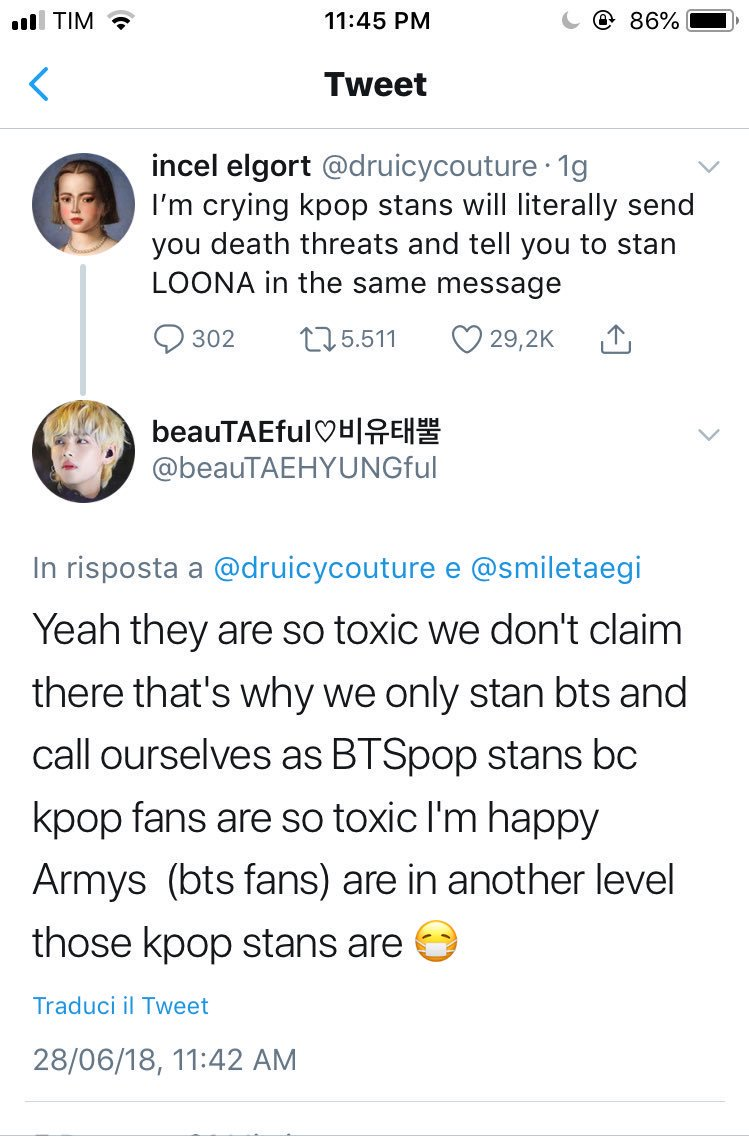
Social media drama has become so famous that it reached national news with the James Charles, Tati, and Jeffree Star controversy. It is no longer contained within its world online. The drama that occurs has real impacts on people and their followers. This allows more people to see how toxic social media has become, which is one of the main reasons they dislike it. Nationwide social media anti-bullying campaigns have been running since the early 2000s, with the movie Cyberbully (2011) highlighting the issue of slut-shaming and disparaging comments through social media platforms.
One reason why there is so much hostility on social media is that most of these sites allow the user to remain completely anonymous. Hiding behind a profile picture and randomized username allows trolls to feel emboldened to leave hate comments and even death threats in somebody’s inbox, enough so that users have deactivated entire social media accounts for their mental and physical wellbeing. Rather than these social media sites fostering community and friendship, they foster a hostile environment where people can say whatever they want without impunity.
When somebody is not anonymous and makes a mistake or says something off-color, these users jump to “cancel” the person. People have begun canceling others for such little things that the word has lost all its original meaning, which was to hold somebody accountable for egregious actions. None of these actions would happen in the real world since most people would feel too shy to confront others about the same issues they are yelling about online. The term “chronically online” has been thrown around recently to describe groups who have been online for too long and have forgotten how real-life interactions work, especially after the pandemic.
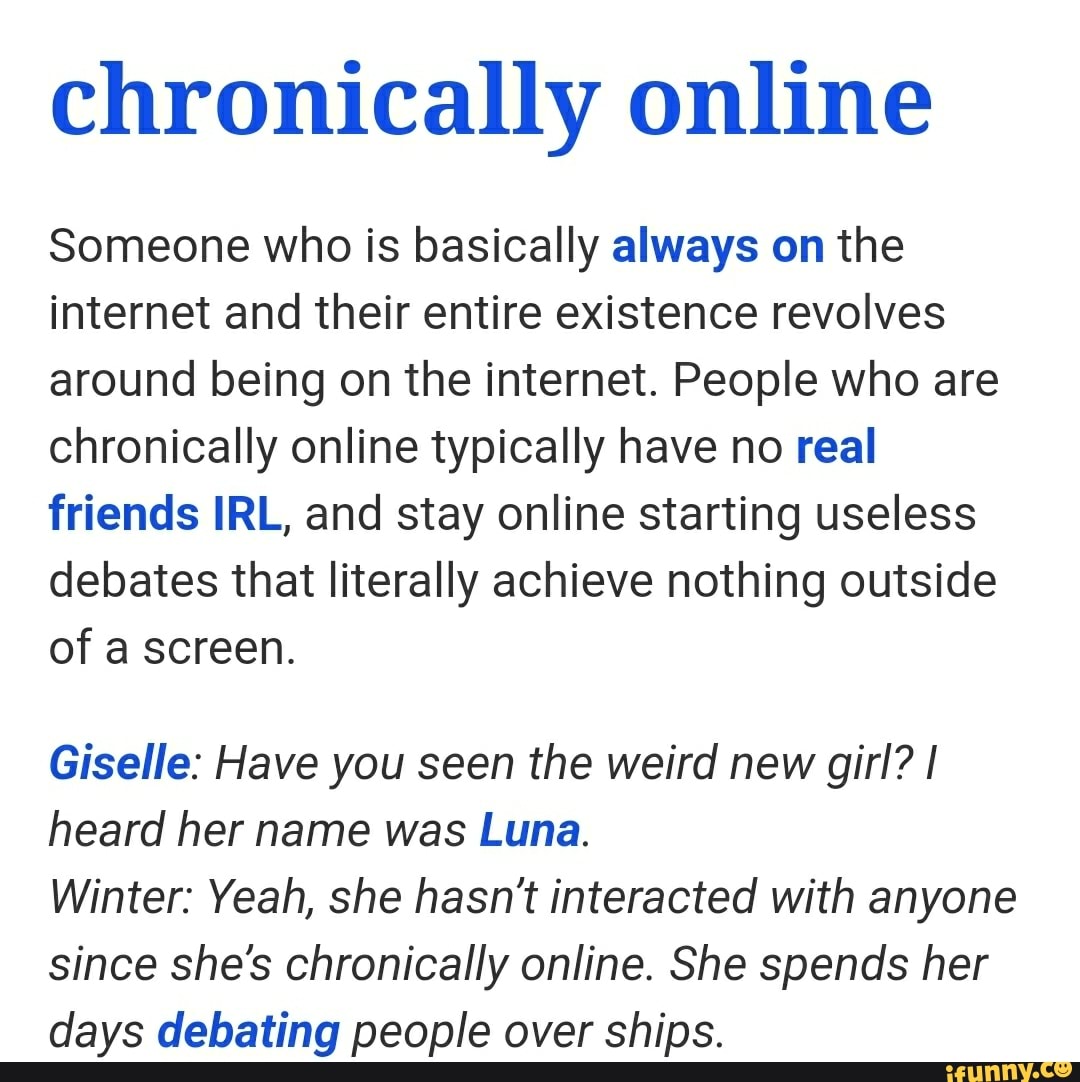
Sometimes it is difficult to take a step back and realize what one is doing. The sheer number of social media sites makes it hard not to consume at least once a day, causing the separation between reality and social media to blur. Rather than social media being a different sphere of life where people go to chat with friends and dabble in self-expression, that sphere is merged with reality. Humans were not made to handle that much social interaction a day, even if it is online, causing people to forget themselves and that other human online exist. This depersonalization and dehumanization are getting worse over time.
News, Not Media
Social media has now also become a place for news to spread. Facebook was implicated in a huge scandal about misinformation during the Trump presidency, where it allowed advertisers to push misinformation in favor of Trump and disparage Hilary Clinton, Bernie Sanders, and Joe Biden. The lack of regulations also allowed for people to publish a completely false rumor and have it circulate among hundreds of thousands if not millions of people, causing the violence and stark polarization we currently see in US politics and around the world.
Tik Tok has also become a site where news media attempt to give reports about world events in 15-second (now three-minute) long snippets, which misses a lot of nuance in favor of keeping people’s attention. A similar thing happened during the Black Lives Matter movement in 2020 when Instagram activist pages posted slides with short explanations and pretty graphics on extremely serious and complicated topics. Actual news sites and print, such as The New York Times and The Washington Post, are slowly dying in favor of snippy soundbites and quick dissections of complex issues.
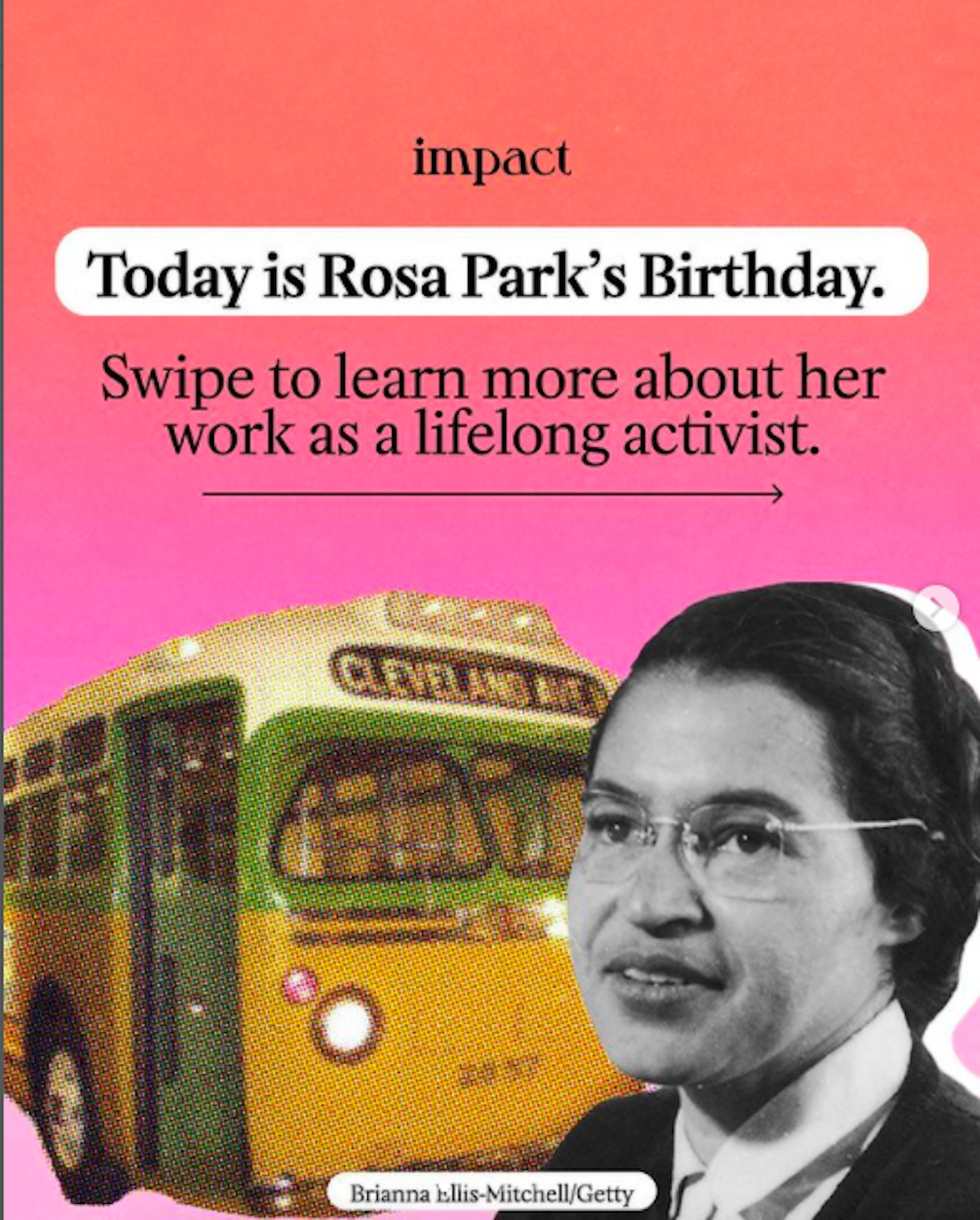
The fact that these social media sites are more or less free also helps since most news sites are hidden behind a paywall, making access to information even more difficult. Sometimes people have no choice but to trust these social media sites that have free access to information. That is where the danger comes in because anybody can Tweet about anything and get a thousand retweets, allowing huge groups to believe birth control kills babies or that a school is providing litter boxes for students who identify as cats.
Without some sort of regulation (which social media sites are adopting quickly), this misinformation will continue to tear apart families and friends, which is the exact opposite of what social media sought to do. Without some regulation on how big conglomerates can grow (i.e. Facebook buying nearly every social media site in existence—talk about monopoly), every social media site will turn into the same site and will continue to be aimed at making money more than fostering connections.
Where To Go From Here
Social media has its pros. Social media continues to connect individuals from miles apart, where there are numerous success stories of people getting married or becoming friends without ever having met. They met over Discord, Instagram, Amino, Tumblr, etc. All social media sites foster some sort of connection and community, but it is a combination of the previously mentioned issues that continue to make it a hostile and unusable place to be active in.
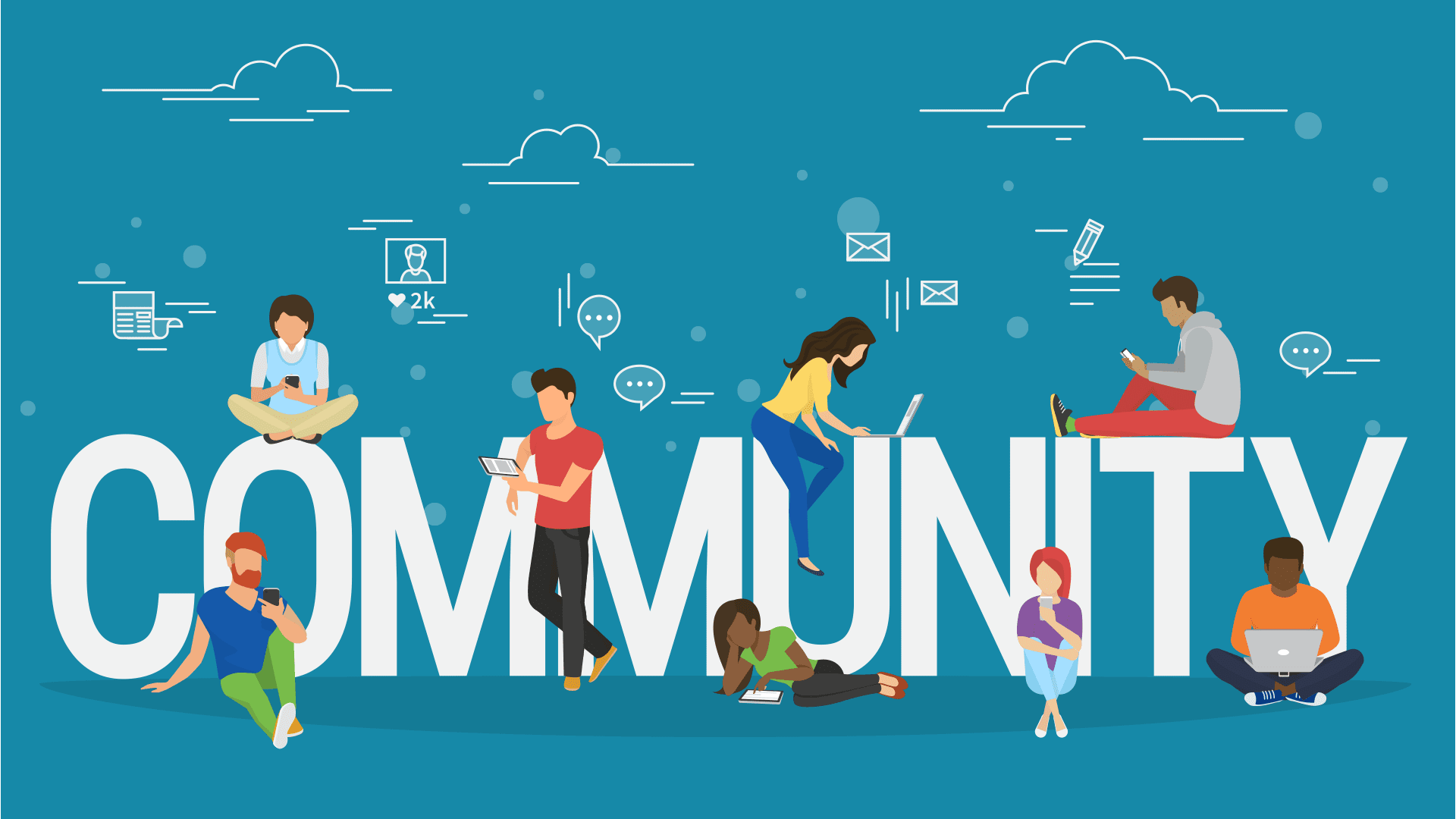
Many of these issues are easily fixed. The issue of misinformation is quickly getting fixed, mostly because of the immense pushback these companies were receiving. However, other issues like influencers and cyberbullying are much more difficult to stop since one single corporation can’t be held accountable — there has to be a massive overhaul of what people consider social media to mean to them and for people to remember the roots of what social media set out to be. Additionally, social media sites need to learn not to be co-dependent on each other for ideas and stick to their guns. Adapting to the mainstream is something every company should do, but copying each other is extremely obvious and makes every site that much more boring and repetitive to use.
We must all realize that social media is just that: social. People started on social media to make friends and stay connected to loved ones. Now, people go online ready to start discourse or make money. Social media has evolved in many ways, good and bad, which is why everybody should be able to step back and look at their online practices and analyze whether it’s truly social or if they have become chronically online. If everybody started to practice this, then social media would be a much more pleasant, healthy, and fulfilling place to be for all.
